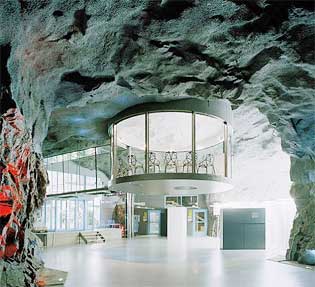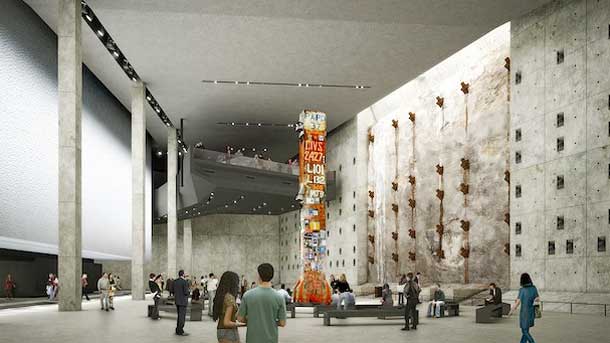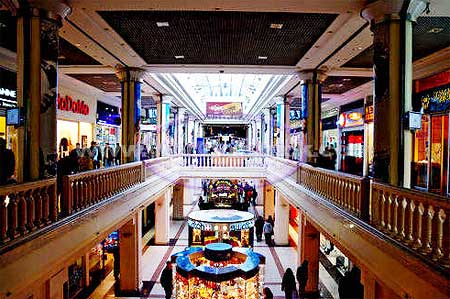Underground Buildings
Why underground buildings? Underground buildings have many advantages.
For one, they are protected from the elements. If your home or
business is underground, you don't need to pay for painting, shingling,
or vinyl siding. You don't need to wash the exterior of the structure,
either.
 Underground Data Center
Underground Data Center |
Underground buildings are better insulated
against rain and cold. Therefore, they are cheaper to heat.
In the summer, they are cooler. They rarely require air
conditioning, which means a significant electricity savings.
Because underground buildings are surrounded by earth, they
are much less susceptible to fire.
|
If a fire starts inside the building, it will be easier to extinguish.
It cannot spread to other homes or structures. If you live in
a wildfire area, underground homes may be more resistant to a
spreading fire. This is because many fires start when a wildfire's
sparks land on the flammable roofs of nearby homes. If your roof
is covered with more than a foot of dirt, it will be very hard
to ignite.
Security!
Underground buildings have security advantages, as well. Usually
underground homes and other structures only have a few points
of entry. Since a potential intruder will not be able to tell
much about the house from the outside, he is unlikely to take
the risk of entering.
Underground homes protect your privacy. From the outside, there
is no way to tell how large an underground home actually is. This
means you can have a very large house, with many rooms and more
than one floor, while still maintaining a modest exterior.

Underground Museum at Ground Zero
Building underground allows you to make use of parcels of land
that would otherwise be hard to build on. This is a big advantage
if it allows you to purchase at a bargain rate or in a desirable
location. A piece of land that is mostly occupied by a steep hill
is not a good candidate for an above ground house.
By excavating the hill and building into it, you can still use
that land. A subterranean home can also be built in an urban area
that has noise problems, because the earth will insulate against
the noise. You can build near a railroad without the typical concern
of heavy vibrations, especially in the middle of the night. Surrounded
by many feet of earth, the home won't receive the railroad's vibrations.
Underground buildings reduce your environmental footprint. A
neighborhood of underground homes allows for several square miles
of grass roofs, instead of tile or tar. This means more oxygen
being released into the atmosphere.
Water You Doing, Underground?
Of course, there are building concerns for underground homes.
If the water table rises around your home, you may experience
interior flooding. If you build too close to trees, eventually
the roots may cause cracking in the walls. If you live in an area
where there are termites or carpenter ants, submerged wood can
be problematic - especially since you can only treat the interior
of your home; the outside will be unreachable.
If you are building an underground house, you must be careful
to use an experienced contractor. If, in the course of the construction,
you damage or disrupt an oil, gas, or water pipe, you could seriously
damage the structure. Additionally, if you dug without the permission
of the appropriate local agencies, you may be financially responsible
for repairing any secondary damage.
Of course not all underground buildings are houses.
|
There are shopping malls, computer
data centers, hotels, safe houses, military buildings, train
stations, missile silos, museums, parks, inverted skyscrapers,
trolley stations, educational centers, convention centers
and auditoriums that are considered subsurface structures.
|
 Underground Shopping Mall
Underground Shopping Mall |
The advantages are the same in regard to energy savings, security
from the elements and wrongdoers and less maintenance in the long
run that conventional above-ground buildings.
|

